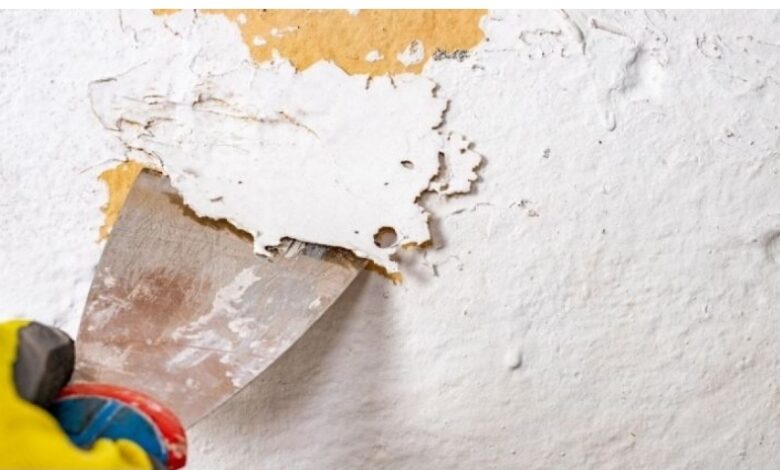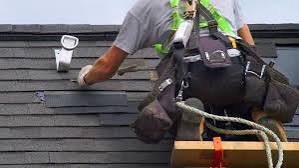Why Is Paint Stripping Necessary?

Paint stripping might not seem like the most exciting task, but it’s essential for many reasons. Whether you’re renovating your home, restoring a vintage piece of furniture, or tackling an industrial project, paint stripping plays a crucial role in achieving the desired results.
Let’s delve into why paint stripping is necessary and explore its importance in various contexts.
Preservation of Surfaces
One of the primary reasons for paint stripping is the preservation of surfaces. Over time, layers of paint can accumulate on various materials, such as wood, metal, or concrete. While paint initially serves to protect these surfaces, old or deteriorating layers can actually harm them.
Peeling or flaking paint not only looks unsightly but can also expose the underlying material to moisture, corrosion, and other forms of damage. By removing old paint through stripping, you can expose the original surface, assess its condition, and apply new coatings or treatments as needed to prolong its lifespan.
Surface Preparation
Another crucial aspect of industrial paint stripping is surface preparation. Whether you’re repainting a room, refinishing furniture, or applying a protective coating to industrial equipment, proper surface preparation is essential for achieving a smooth, durable finish.
Removing old paint ensures better adhesion for new coatings, resulting in a more professional-looking and long-lasting result. Without adequate surface preparation, new paint or coatings may not adhere properly, leading to premature failure and the need for costly rework.
Restoration and Refurbishment
In many cases, paint stripping is necessary for restoration and refurbishment projects. Antique furniture, historical buildings, and vintage automobiles often require careful removal of old paint to reveal their original beauty. By stripping away layers of paint, restorers can uncover intricate details, wood grain patterns, or metal surfaces that have been obscured over time.
This process allows them to repair any damage, apply appropriate finishes, and return the object to its former glory, preserving its historical or aesthetic value for future generations to enjoy.
Health and Safety
Paint stripping also has important health and safety implications. Many older paints contain harmful substances such as lead, which can pose serious risks to human health if ingested or inhaled. Sanding or scraping old paint can release lead dust into the air, endangering both the person performing the work and anyone else nearby.
By using safe and effective paint stripping methods, such as chemical stripping or infrared heat, you can minimize exposure to hazardous materials and create a safer working environment for everyone involved.
Rental Boilers
In industrial settings, such as factories, refineries, or shipyards, paint stripping often involves large-scale operations that require specialized equipment and expertise. rental boilers play a crucial role in these processes by providing the high-temperature steam or hot water needed to soften and remove stubborn paint coatings.
These temporary boiler systems offer flexibility, efficiency, and cost-effectiveness for industrial paint stripping projects, allowing businesses to maintain productivity while minimizing downtime.
Conclusion
In conclusion, paint stripping is a necessary and important process with a wide range of applications. Whether you’re preserving surfaces, preparing for new coatings, restoring vintage items, or addressing health and safety concerns, paint stripping plays a vital role in achieving the desired results.
By understanding the reasons why paint stripping is necessary and choosing the right methods and equipment for the job, you can ensure successful outcomes while minimizing risks to both people and the environment.




